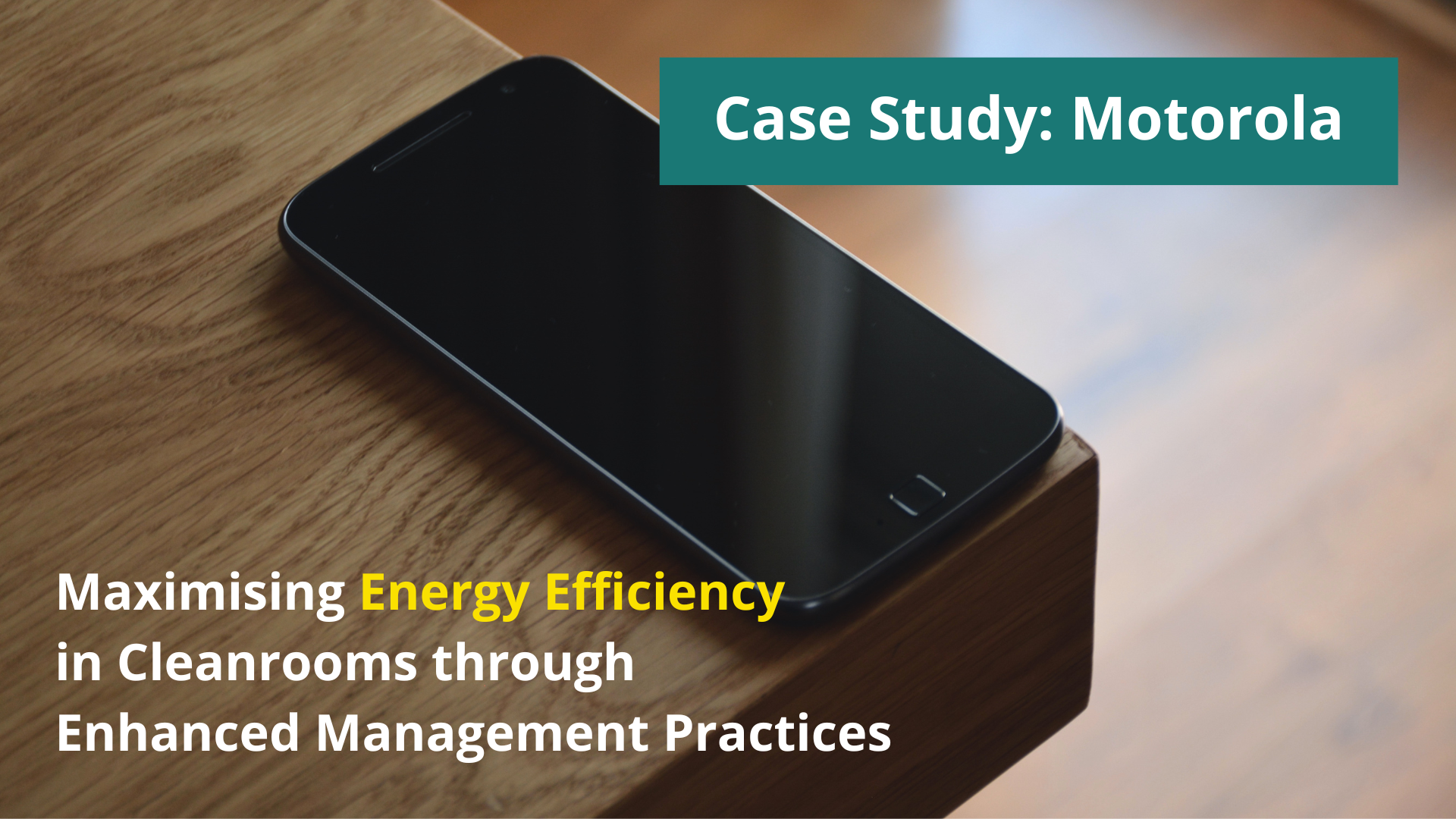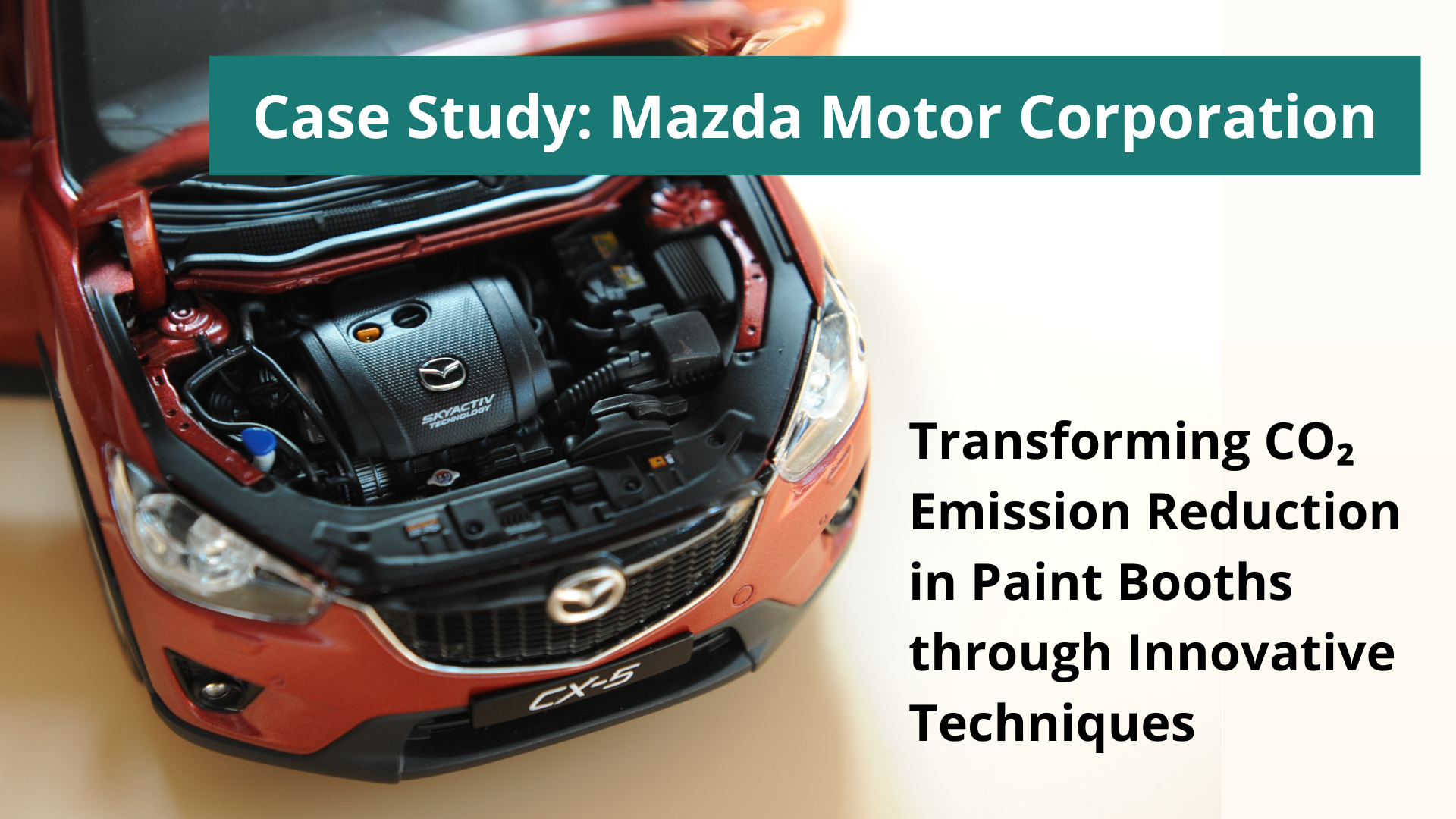
In today’s world, environmental management is becoming an increasingly crucial factor. Companies across the globe are expected to manage their business’ impact on the environment.
This is where environmental management systems such ISO 14001 or EMAS come into play. These systems help the organisation in improving their overall performance, boost their image and significantly reduce costs. Here are some of the most frequently asked questions about this system.
FAQ # 1: What Is an Environmental Management System (EMS)?
Simply put, environmental management systems (EMS) are developed while complying with the ISO 14001 standard or Eco-management and Audit Scheme (EMAS) regulation. The main purpose of this system is to identify the ways an organisation’s activities affect the environment focuses on meeting the business goals while constantly improving work strategies to reduce the negative impacts of their activities and products on the environment.
FAQ # 2: How Is an EMS Structured?
The ISO 14001 standard provides a certain structure involving a systematic process.
It is based on so called Deming Circle – PDCA that reflects 4 main parts of the structure: P for planning, D for doing or implementing, C for checking or in other words performance evaluation and finally A for acting meaning improvement.
Stage 1: Planning
The starting point of any system implementation is to prepare a plan and schedule for the implementation. During this stage the organisation analyse internal and external factors that influence the EMS (so called context of the organisation), identifies needs and expectations of third parties (stakeholders), defines scope of the EMS, the EMS Policy and Objectives as well as identifies roles, responsibilities and authorities for the EMS.
Step 2: Implementation
The step comprises characterising the design, obligations, and projects such as preparing all the documents, processed, procedure and work instructions for the EMS. The aim of this step is to implement actions to minimise negative impact of environmental aspects to the environment. The EMS is then communicated to internally and externally, while creating and executing standard working procedures and emergencies measures.
Step 3: Checking and Correction
Next, all the assessments are measured and monitored to highlight any problems. This is aimed to evaluate the performance of the EMS and is done via monitoring, measurement, analysis and evaluation as well as via internal audits and management review.
Step 4: Improvement
Once everything is finalised, the last but not least step is to ensure that the EMS system is better and better over time. Continual improvement is a never ending story. The improvement actions may be initiated based on detected non-conformities, based on audit results or management review as well as based on employees initiatives.

FAQ # 3: What are the benefits of implementing EMS?
The benefits of implementing the EMS are obviously those related to reducing the negative impact on the environment, but the benefits go far beyond the group of ENVIRONEMNTAL benefits. There are also BUSINESS / MARKETING benefits, FINANCIAL / COST related benefits and SOCIAL benefits. You can find out more about this here:
- Benefits of Improving Environmental Performance
- Benefits of Creating Environmental Management System
- The Guide to Identification and Evaluation of Environmental Aspects
- Environmental Management System – Fashion or Necessity
FAQ # 4: Why Use an EMS That’s Based on ISO 14001?
- It is a widely-known and recognised all over the world international standard.
- It helps in improving the company’s environmental performance.
- It helps to gain a competitive advantage and gives ability to win more businesses.
- It increases efficiency while reducing operation costs.
- It offers a predictable and consistent way to manage all environmental obligations.
- It improves the company reputation and helps enhance the public image with external stakeholders.
- It encourage environmental performance of suppliers.
FAQ # 5: Who Should Get ISO 14001 Certification?
There are no specific requirements when it comes to the ISO 14001 certification. This can help both large and small-scale businesses regardless of the industry they operates. If you’re looking towards a more sustainable future, or reduce extra costs by effective resource management, then the ISO 14001 certification is ideal for you.
Looking to step up your company’s environmental game? Start by implementing ISO 14001! EQM Consult, helps customers implement, maintain, and audit their Environmental Management Systems. Get in touch with our expert consultants by filling the contact form.

Ph.D. Beata Paliwoda
Founder and Owner of EQM. Environmental and quality consultant and auditor. Professional career built in Quality Assurance departments in various companies from the automotive, aerospace, railway industries, as well as a management systems consultant. Successfully completed many complex projects related to the implementation of management systems, process improvements and business transformation. Auditor of ISO 9001, ISO 14001, AS 9100, project manager of APM, lecturer at the Poznan University of Business and Economics, researcher on the effectiveness of EMS and QMS in organisations.





